Electric heating systems: characteristics, advantages, types
Electric heating systems are a good alternative to traditional and gas systems, especially where conventional sources of energy are not available. The construction market offers various options for organizing heating with electricity, and we want to consider the features that distinguish electrical heating systems for the home.

Electricity as a source of energy
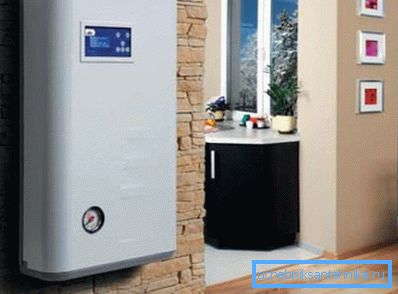
Electrical energy is one of the most progressive forms of energy. Man knows how to convert electricity into mechanical, light, electromagnetic and, most importantly, into thermal energy. It is this opportunity that is taken as the basis for the operation of electric heating systems.
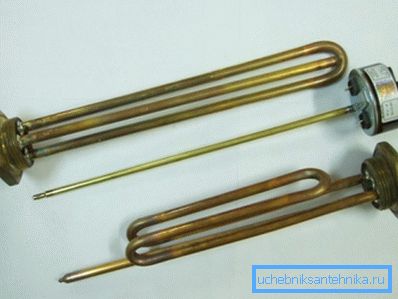
If we consider electricity from an economic point of view, we will have to admit that this is not the most profitable option for a heat source for a house: despite the “peaceful atom” and technological progress, electrical energy remains one of the most expensive types of energy produced by man.
The price of a kilowatt-hour from a power company exceeds 4 rubles, while the cost of the same amount in gas equivalent is 0.82 rubles, in propane-butane gas - 2.57 rubles.
Obviously, the cheapest source of heat is the main gas, followed by firewood, then coal, etc. However, not all suburban areas are gasified, but the wiring is almost everywhere. It is also not always possible to purchase cheap firewood or coal nearby, and it is especially inconvenient and expensive to drive after them.
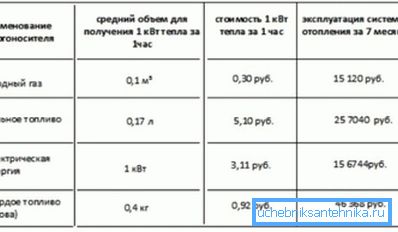
It is almost impossible to ensure that the gas pipeline is stretched to your site, and it is too expensive for them to pull it even for several families. Moreover, not everyone uses the dacha as a permanent dwelling, and it is not so expensive to pay a few visits for rest during the autumn holidays.
Wood-burning stoves and boilers require timely care, they produce a lot of ash and debris, cleaning of the chimney pipe and channels from soot and soot is required. Moreover, it is necessary to store and store firewood somewhere, and the place should be dry and closed from the weather. Do not forget about the increased fire danger of solid fuel units.
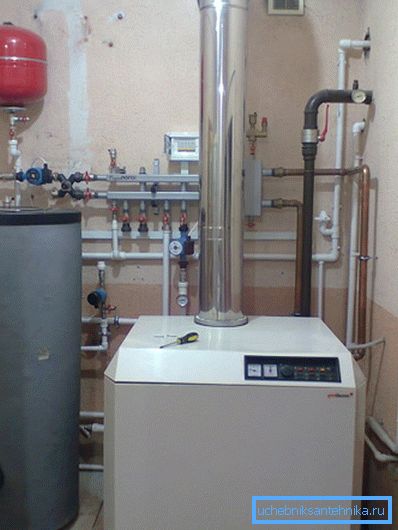
The advantages of electrical energy:
- The convenience of use. Completely no waste, dirt or debris. There is no need to independently deliver fuel to the site, store it, load it into the furnace, etc .;
- Environmental friendliness. Electricity is the cleanest form of energy, there are no harmful emissions at all and there are no emissions, wastes, pollution;
- The possibility of accurate dosing and metering of power consumption. Unlike firewood or main gas, you can take into account every kilowatt-hour of energy consumed, regardless of the quality of its carrier, which is any fuel;
- The ability to smoothly adjust the power of the units. Automatic real-time power control saves a lot of money.
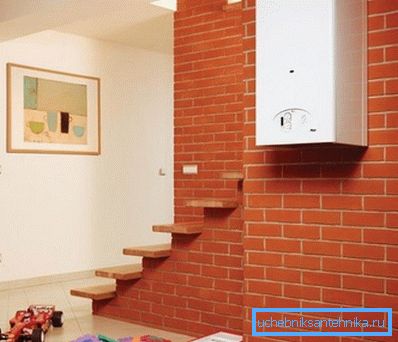
Note! The disadvantages include only the high cost. In some areas, there may be problems with the mode of filing or the operation of networks, but these problems are less and less common, moreover, they can be solved.
Finally, there is another feature of electricity. Heat can be transferred in two ways - by molecular interaction (heat transfer, convection) or by radiation of electromagnetic waves in the infrared. Conventional heating methods involve heat transfer via heat transfer, and in the case of electrical systems, it is also possible to emit waves.
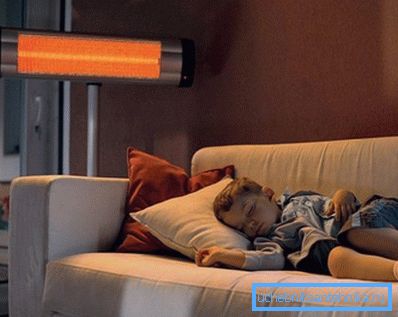
Note! Choose electricity as an energy source for heating a house should be if convenience is more important than saving for you or if there simply is no other alternative.
Water heating
Boilers with tubular heaters
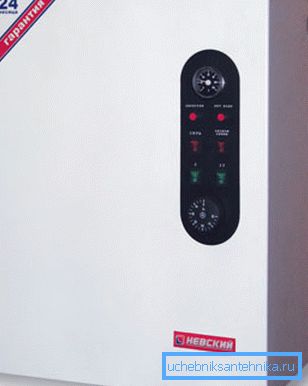
The simplest and most common method of obtaining heat is the use of tubular electric heaters (heating elements). Here the principle of heat release by a conductor with resistance when a current passes through its cross section is implemented.
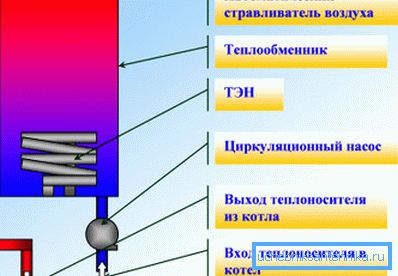
The design of the boiler is quite simple: the heating tank is filled with water, the heating element begins to generate heat. The heated water enters the system due to pump operation or natural circulation.
When the temperature of the return water becomes higher than the set value, the automation switches off the heaters or puts them into a more economical mode of operation.

If the temperature falls below a certain point, the automatics again switches on the mode of active water heating. Thus, with good thermal insulation of the walls, the main heat is spent on the initial heating of the room, and then the system itself maintains the temperature, including heating as needed. As a result, it is possible to save well.

Note! Boilers with tubular heaters are the cheapest and simplest class of electrical equipment for heating. At the same time, their efficiency is not characterized by high values.
Electrode boilers
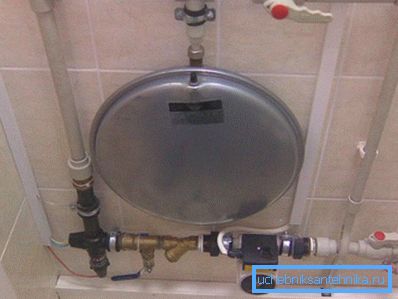
The principle of heating the conductor with current is also implemented in the electrode boilers, only now the coolant itself is the conductor. The tank is equipped with special electrodes between which water circulates.
Since water is a conductor of current with a resistance of 1300 Ohm / cm (at t = 18 degrees), then with the flow of current through it, the random oscillatory movement of ions causes a rise in temperature.
The device of the unit is extremely simple; here the principle of a simple home-made razor blade is implemented in one way or another:
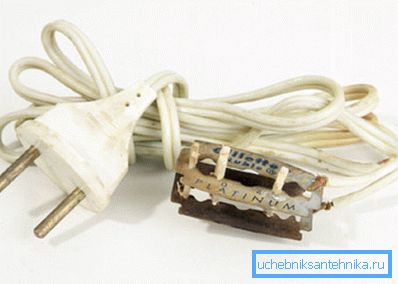
The main feature and difference is the direct heating of the coolant without the participation of heaters and other means of conversion. Due to this, the efficiency of the system increases, and its efficiency ranges from 95 to 98%, which is an absolute record.
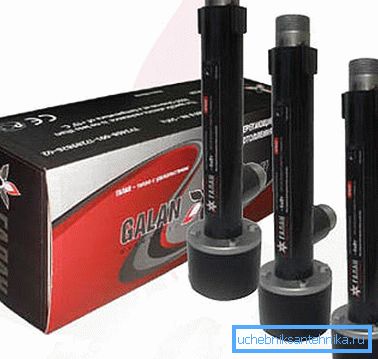
Advantages and features of the electrode device:
- Small dimensions;
- Simple design, in which there is simply nothing to break;
- High efficiency - up to 98%;
- Electrode boilers are more economical than tenovs by 20–30%;
- The problem of "dry running" is completely absent, since the leakage of the coolant circuit between the electrodes opens, and the device does not work;
- The operating temperature of the device should not exceed 75 degrees, otherwise the power increases dramatically, respectively, the load on the network increases;
- Products have minimal inertia and are able to warm up the system very quickly;
- Voltage drops are not terrible;
- The devices are demanding on the quality of the coolant and grounding.
The power of such plants can vary from 2 to 50 kW and above, which is quite enough for heating a private house or an average cottage size. Another feature is the sharp heating of water in a closed ion chamber of small size, which leads to the injection of pressure to 2 atmospheres. In small systems, this can replace the heating circulating pump.

Note! The phenomenon of electrolysis (the decomposition of water into oxygen and hydrogen during the flow of current) in the electrode systems is absent, since the alternating current does not cause the decomposition of water.
Radial heating

The basis of the infrared heater is a film or tubular element that emits waves in the infrared range when current flows through it. In such a system, there is no coolant, and energy is transferred directly.
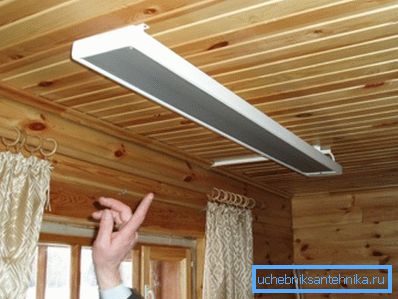
This method of heat transfer has several advantages:
- Minimal heat loss led to high efficiency - up to 97%;
- Heating rays does not affect the humidity of the air and the amount of oxygen in it;
- The system is completely safe;
- The effect of the radiator is felt instantly, since the waves travel at the speed of light, and no air or other carrier is needed to transfer heat;
- First of all, the surfaces of walls, floor, furniture and other objects are heated, which also increases efficiency;
- The heating of the room takes place as evenly as possible, which cannot be said about radiator heating;
- No convection and dust transfer.

Note! It is believed that 1 kW of infrared emitter capacity is enough to heat 10 m2 of space. In this case, the heaters themselves are powerful enough - about 4 - 5 kW. However, infrared heating is considered an additional measure, most often applied locally and occasionally.
Instructions for installation and connection of devices is as simple as possible: it is enough to hang the panel on a wall or ceiling and connect it to the 220 V network. This makes it possible to quickly and successfully install the devices with your own hands without any experience in construction.

Note! Installation of film emitters is somewhat more complicated, but it also does not cause particular problems for beginner installers. Here you can find the necessary materials for the installation of such devices.
Conclusion
Heating systems based on electrical energy are the most convenient method of heating. At the same time, in terms of cost, this method is one of the most expensive, which makes it not the most popular type of heating. The video complements the article with visual material on the topic.